Riding the Long Circle on a Nevada Family Ranch
Photography by Linda Dufurrena Text by Carolyn Dufurrena
First published in December 2001, this is a must-have coffee table book for anyone who treasures ranching traditions and appreciates the stark beauty of the western landscapes. Complex images generated by eloquent descriptive text combine with extraordinary photographs to depict life on the multi-generational Dufurrena family ranch in the Quinn River Valley of northern Nevada.
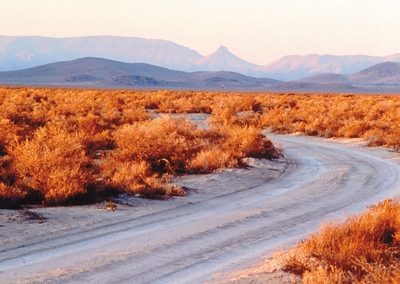
"Fifty miles" refers to a circle of territory surrounding the ranch headquarters over which the ranch operations take place, from the edges of the barren Black Rock Desert to the high, aspen-filled mountain basins. These events unfold, as they have for generations, from season to season ~ the coming of the cowboys for the cattle roundups, the campfires, the switchbacks of the steep rocky slopes, the ewes lambing in the snow, the tender care given to the orphan lambs (or "leppies"), the marking of the lambs in the spring, the winter storms, the summer storms, the changeless and ever-changing vistas.
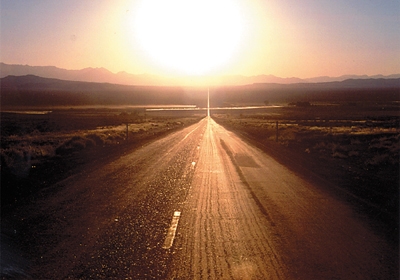
The Dufurrena family ranch, which was purchased in 1937, is one where time-honored skills that are passed from father to son, generation to generation, still endure. Linda Dufurrena is a widely exhibited and published Nevada photographer who specializes in depictions of rural Nevada scenery and of traditional ranch life. Her daughter-in-law, Carolyn Dufurrena, is a published writer and teacher who came to Nevada as a geologist at the age of 25.
This beautifully orchestrated collaborative effort is an awesome blend of word with image. Linda photographically immortalizes the awe-inspiring terrain, a land that has spawned a way of life which gradually ebbs away into the recesses of time. And Carolyn animates the images with her textural palate. She writes that "sometimes on the right kind of morning, Nevada looks like waves of frozen rock." She talks of a river that "wanders reluctantly most of the year across the valleys." And of the mountain range beyond the homestead, Carolyn says, "The broken spine of the mountain curves off to the north, the tailbone of a fallen giant half submerged in alkali mud."
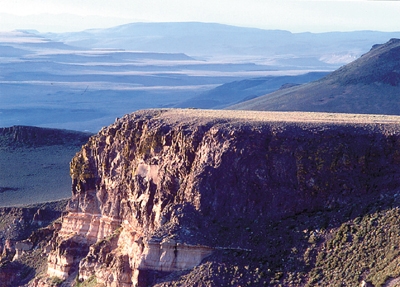
The tales told are of both past and present times. As image and story line follow the seasonal changes, the mood of ranch life captures the heart and fires the imagination. Harsh conditions only serve to deepen one's love and respect, and to kindle loyalty to a life style whose existence is threatened.
Ranchers tenaciously cling to their heritage, yet the viability of their ways face seemingly impossible odds. Time brings fewer and fewer sons and grandsons, and of those, fewer yet who choose to continue ranch life. And ranching operations shrink as more and more of the land is placed under government control. Carolyn writes, "The powerful have always pushed the less powerful into history. We are a culture on the cusp of extinction, not just the ranching culture, but the culture that permits the generations to mingle, allows grandsons to work shoulder to should with grandfathers."
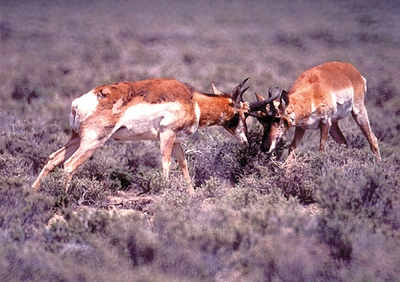
Those of us who love ranch life are emotionally stirred by the realization that many of the old ways and traditions may soon be lost in time. And yet the powerful images portrayed here -- both through the photographs and through the images evoked by the written word -- somehow seem to swallow present concerns by giving us a perspective on time itself. We are shown the action of a single day's gathering ride and the action of the lava flows that cooled ten million years in the valley floor before being bent and shaped into mountains. One image magnifies a fleeting moment while the next image captures millenniums in a single frame. Time past, present, and time to come are joined together in a transcendental dance.
In her Preface, Carolyn Dufurrena writes of her first encounter with the wide stretch of empty country that can be seen from Highway 140:
"There are afternoons when storms rage across that emptiness and do not fill its vastness. Light suffuses rain or snow or dust or smoke of lightning fires. It seems like the entrance to another world, a world in which a storm can be visibly contained within a space, in which quirks of topography and air mass, humidity and temperature, interact as though on a stage. Then I feel small - and large - part of the storm, part of the dust, part of the cradling ranges that promise something greater than the storm."
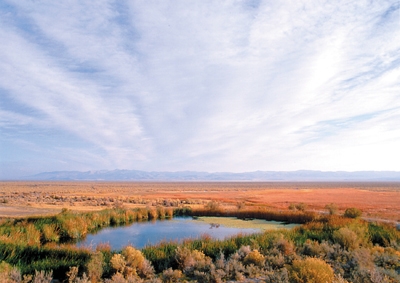
FIFTY MILES FROM HOME: Riding the Long Circle on a Nevada Family Ranch, with photographs by Linda Dufurrena, and text by Carolyn Dufurrena, is published by the University Of Nevada Press (Phone:775-784-6573 x232)
"
|